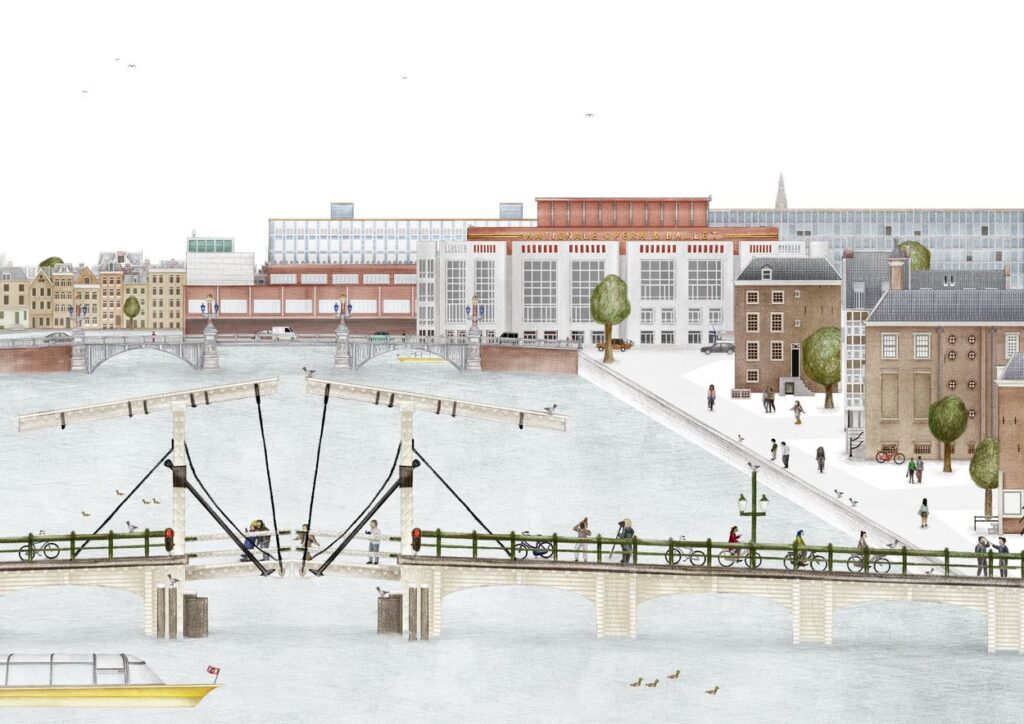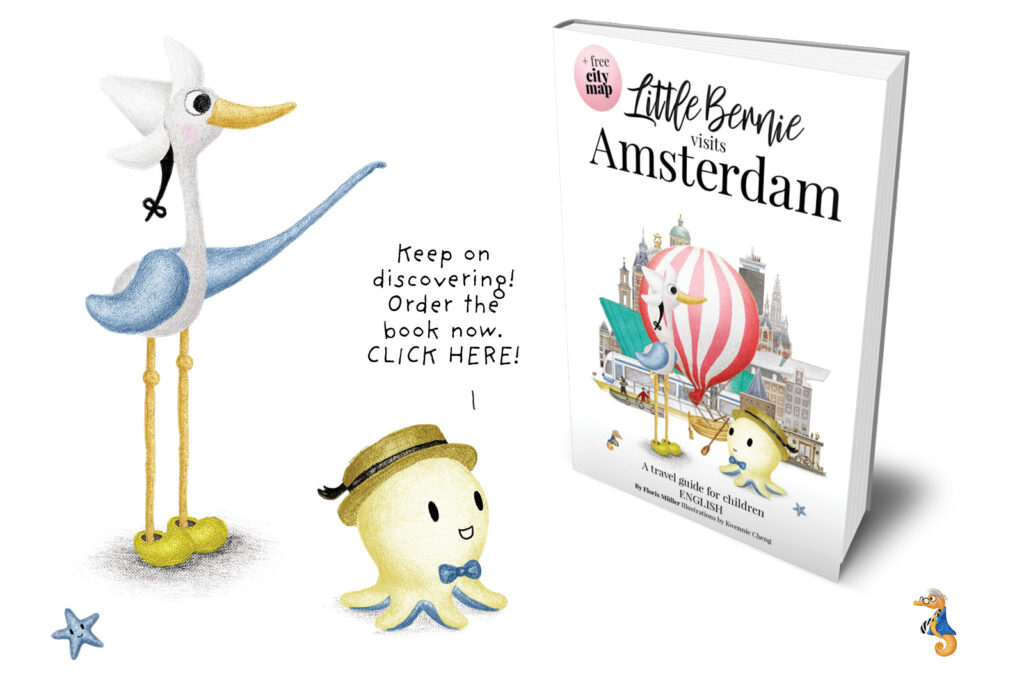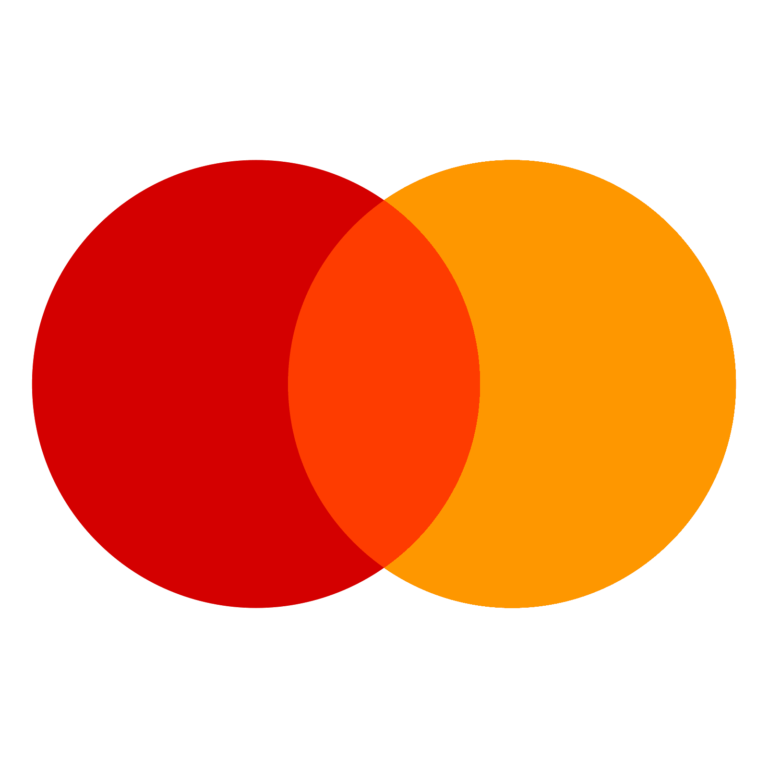Nowadays you can just drink from the tap in Amsterdam. And if you are out with your parents, you can buy a bottle almost everywhere for a euro or just a little more. It is therefore difficult to imagine that less than two hundred years ago you had almost no drinking water in the city. When thirsty, not only adults but children alike drank beer! That drink was a lot less strong than it is now and, moreover, because of the way it was made, much cleaner (and thus healthier to drink) than the water flowing through the canals. Especially in the summer the canal water was very polluted, and it could smell quite bad. So much so that people who had an expensive canal house moved out of the city in the warm months.
It was not until mid-1850 that the city decided to start selling water that was extracted in the dunes near Haarlem, about ten kilometres away. That cost a lot of money at the time. That is why everyone was allowed to buy only two buckets of water for approximately one euro cent. At the time, that was quite a lot of money, as much as you paid for a loaf of bread or piece of meat. Although it quickly became cheaper and therefore available to everyone, the story does make you aware not to spill water.








